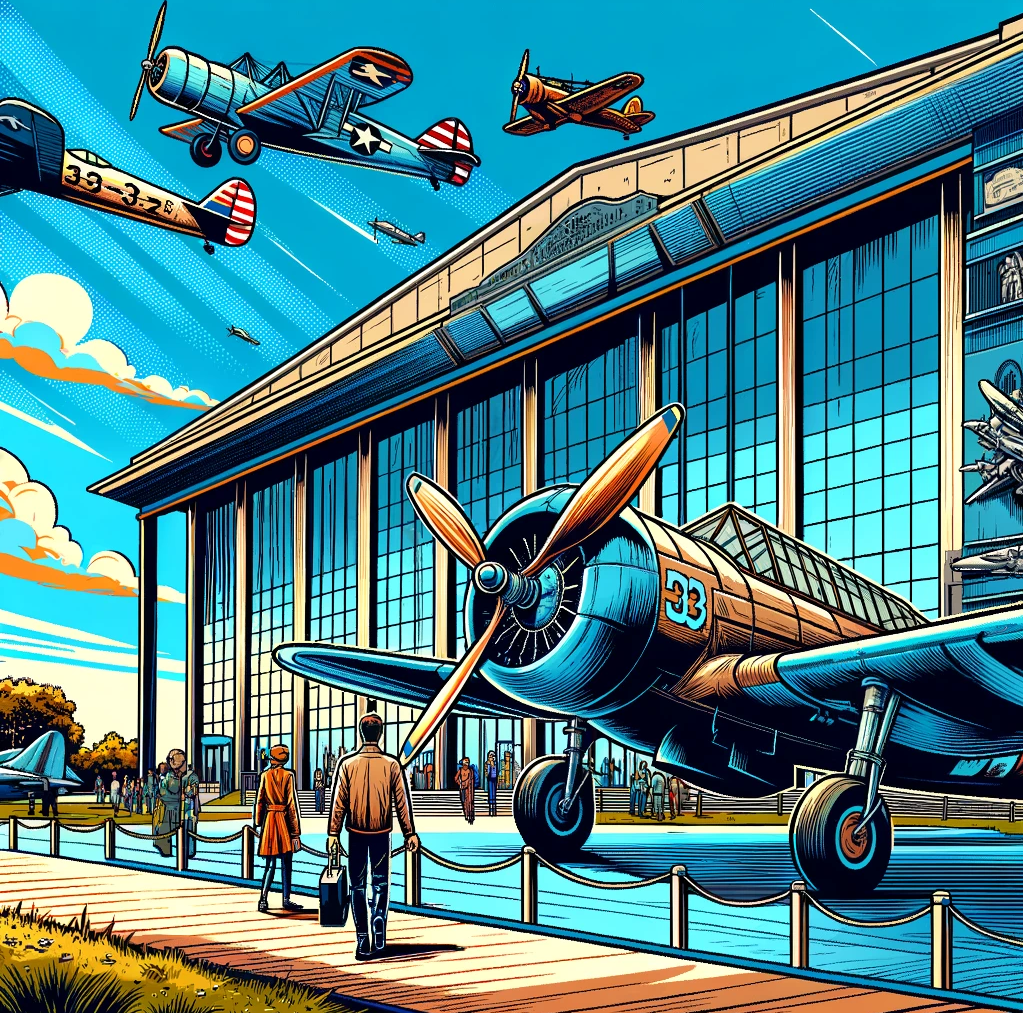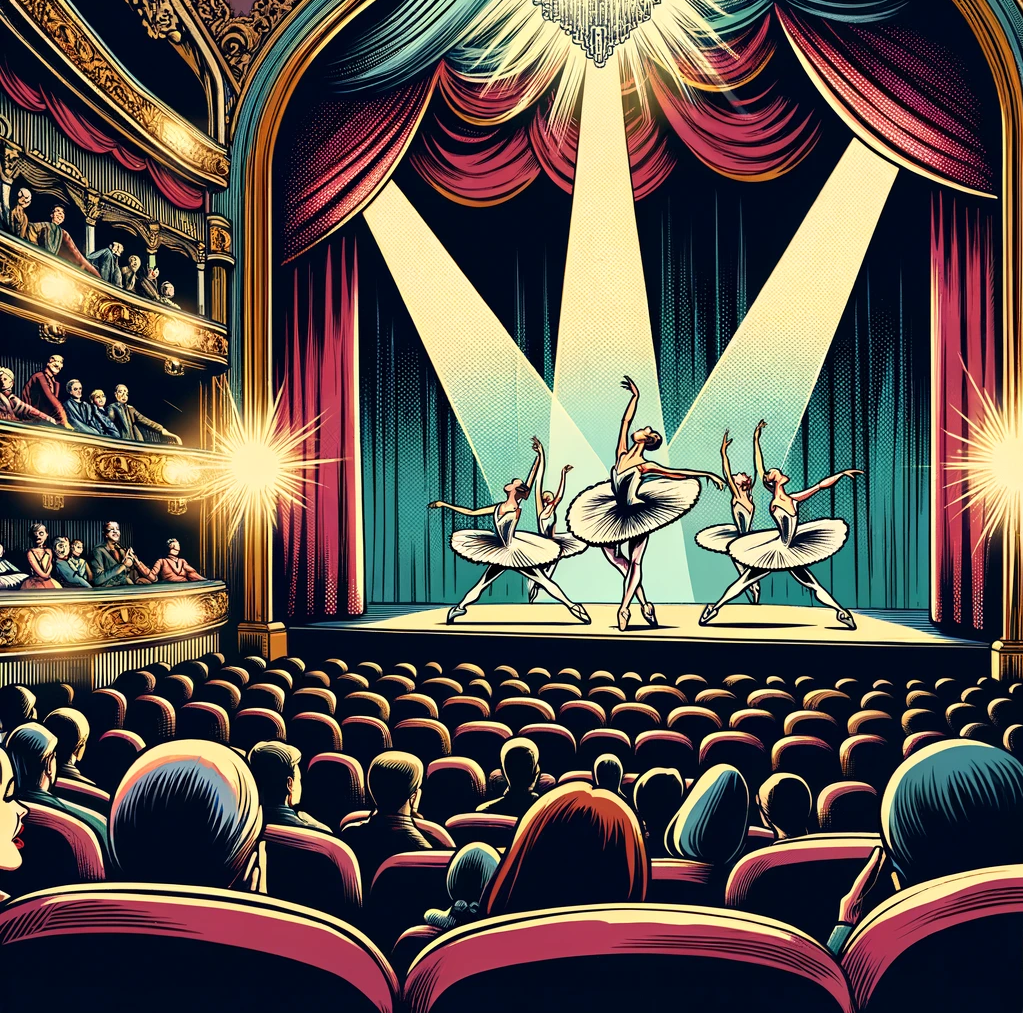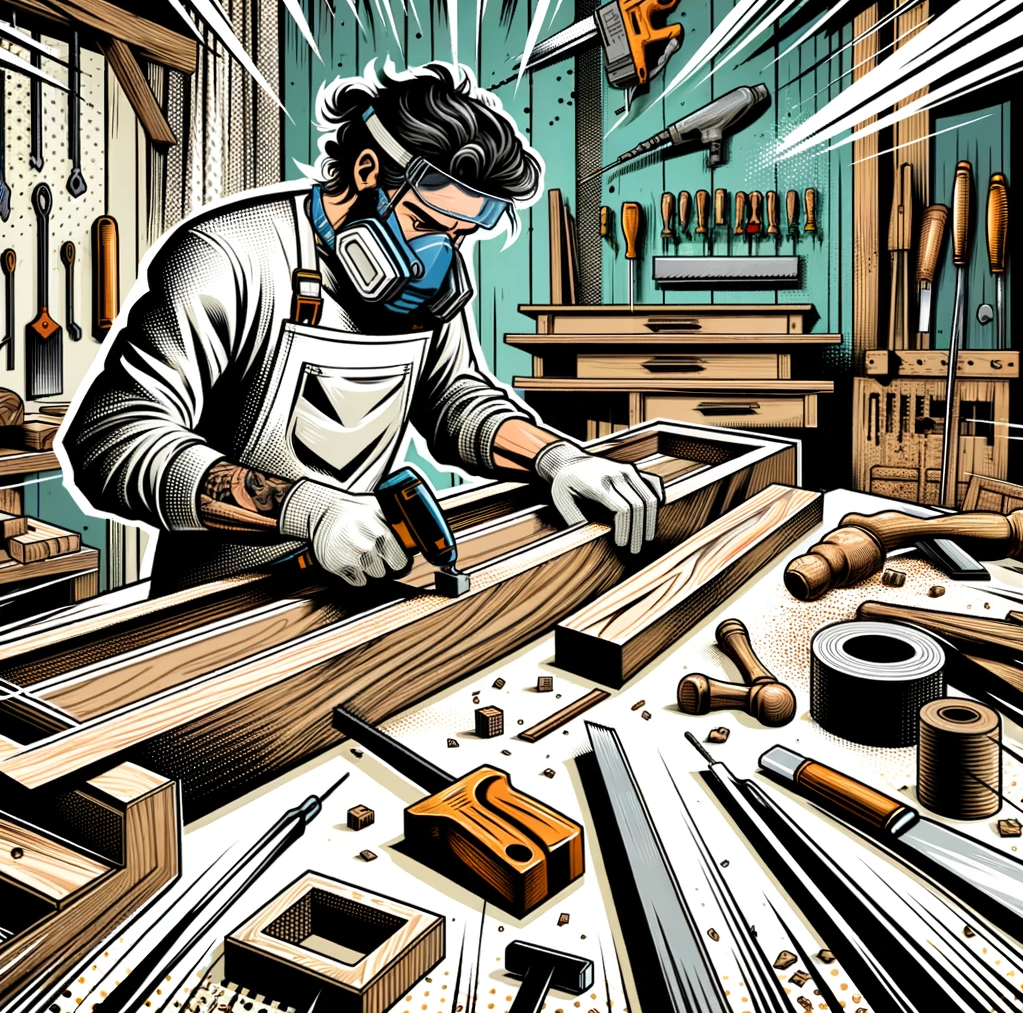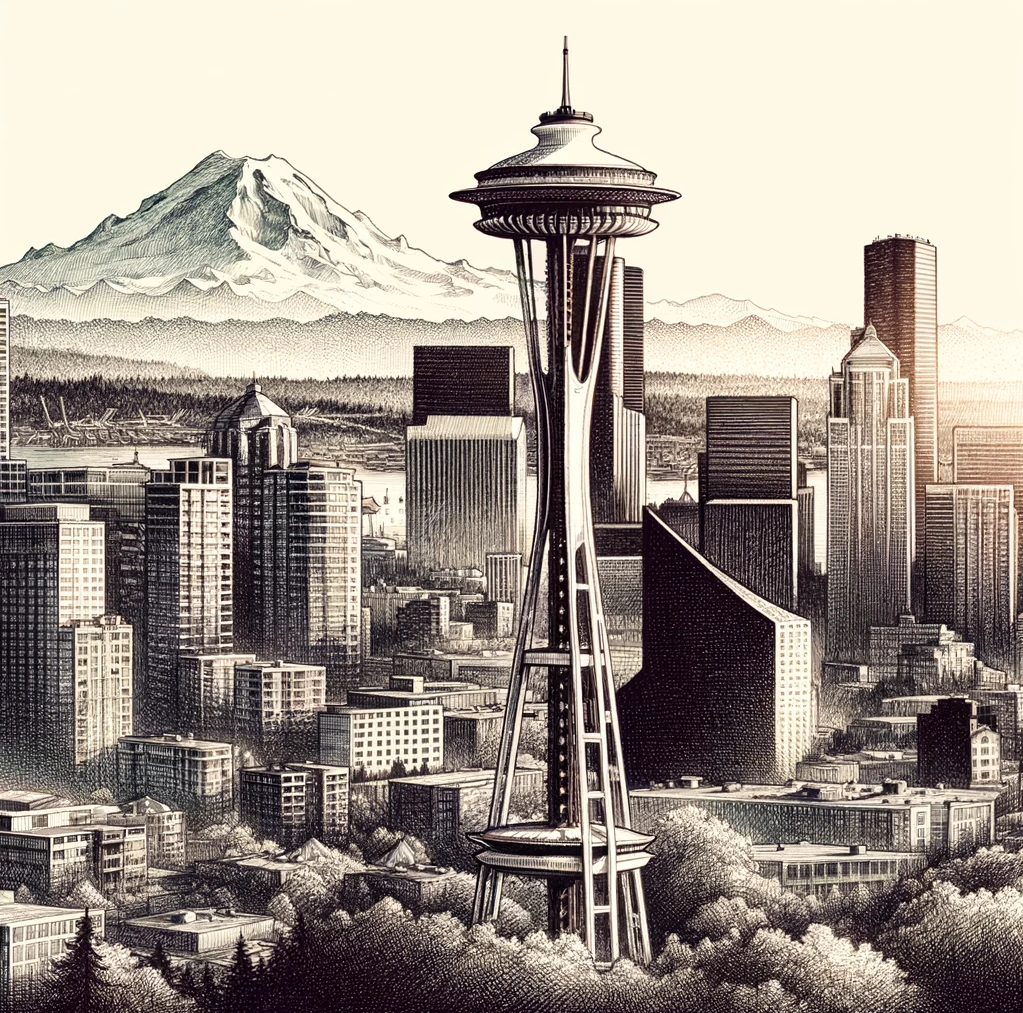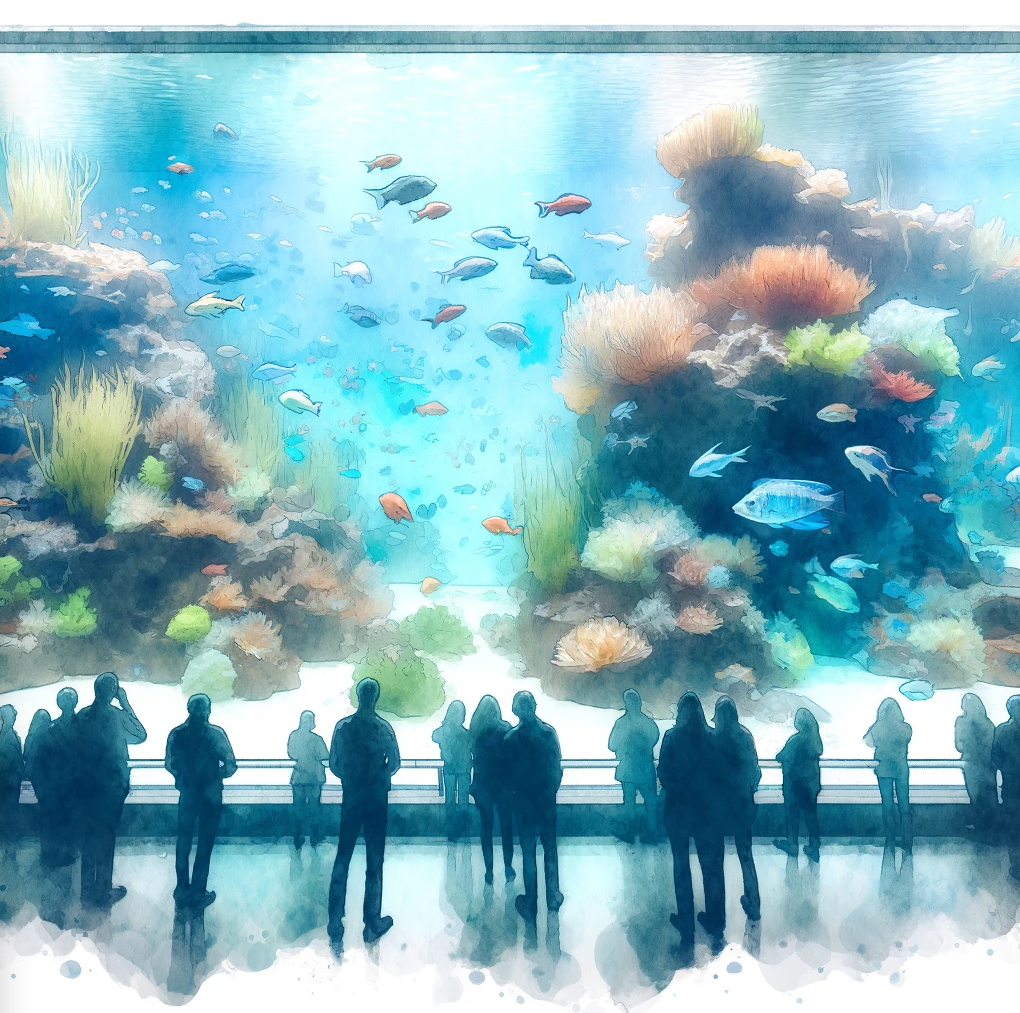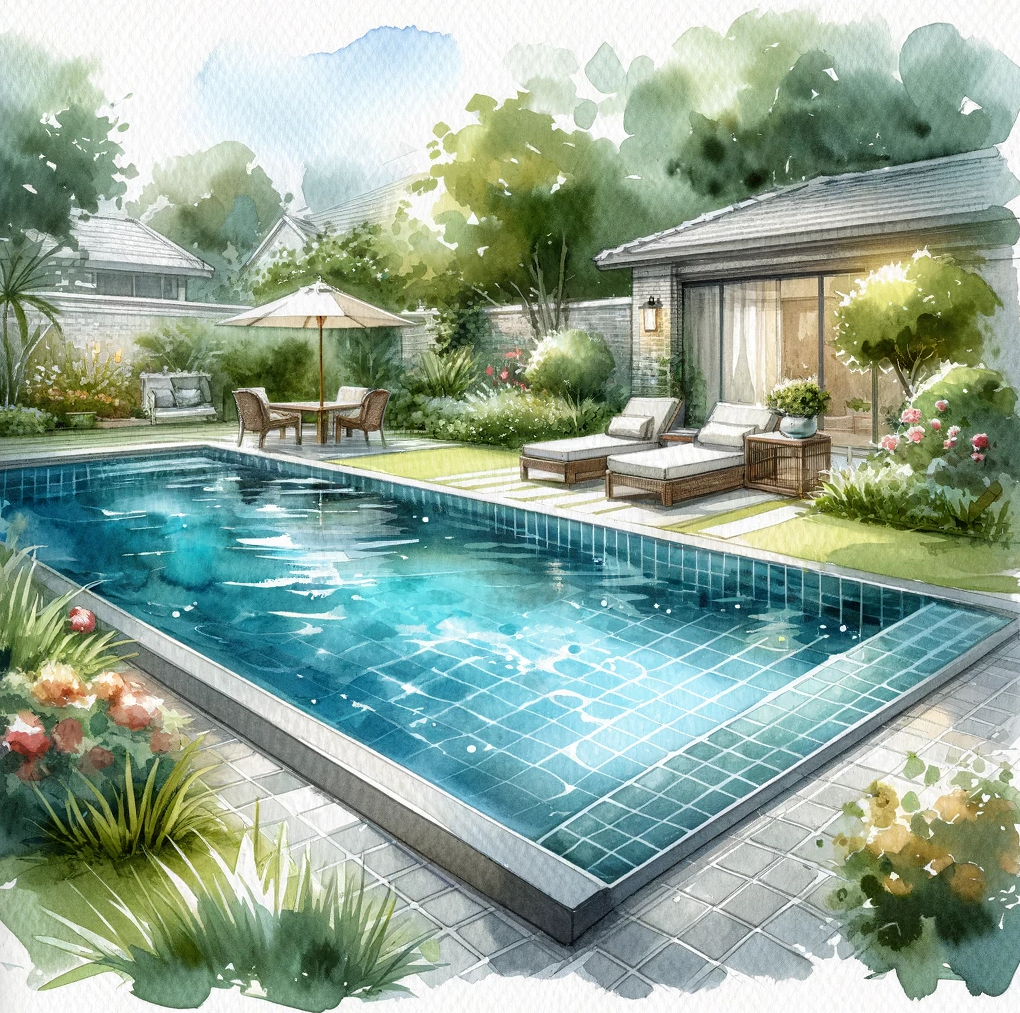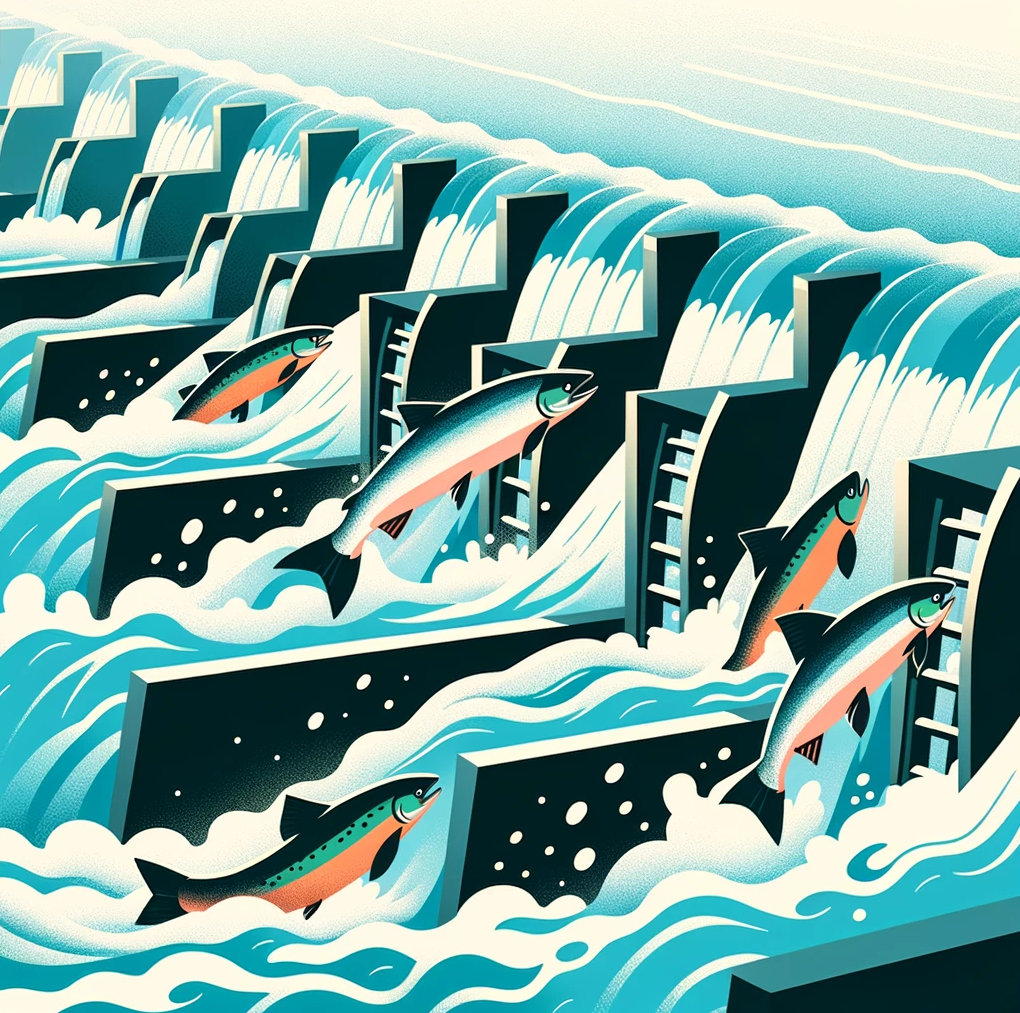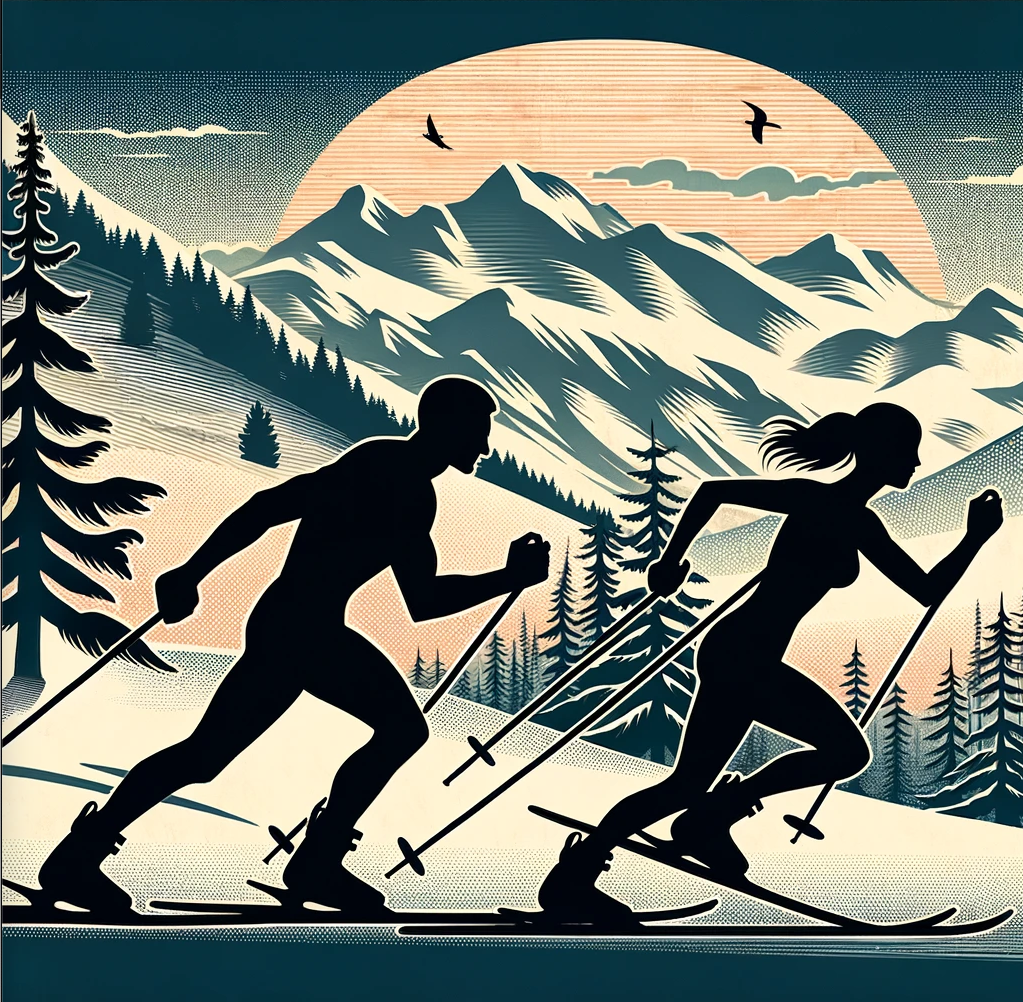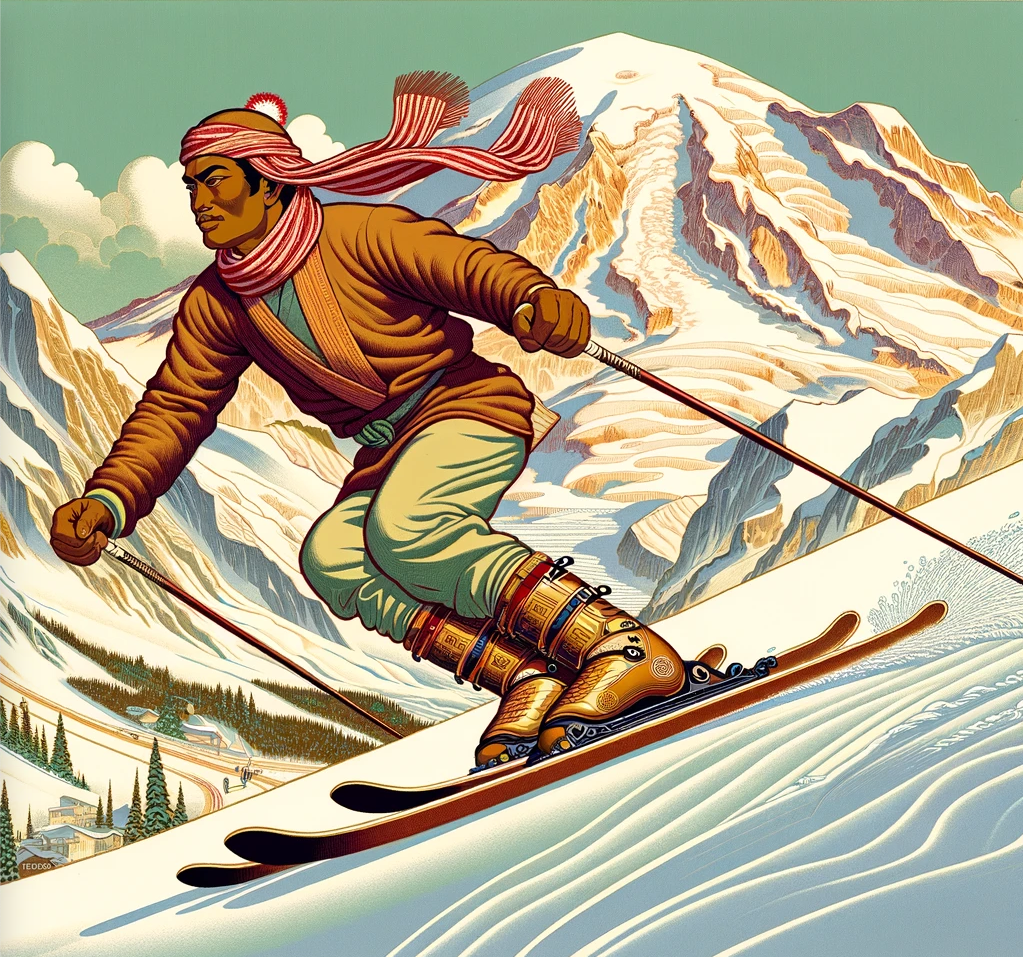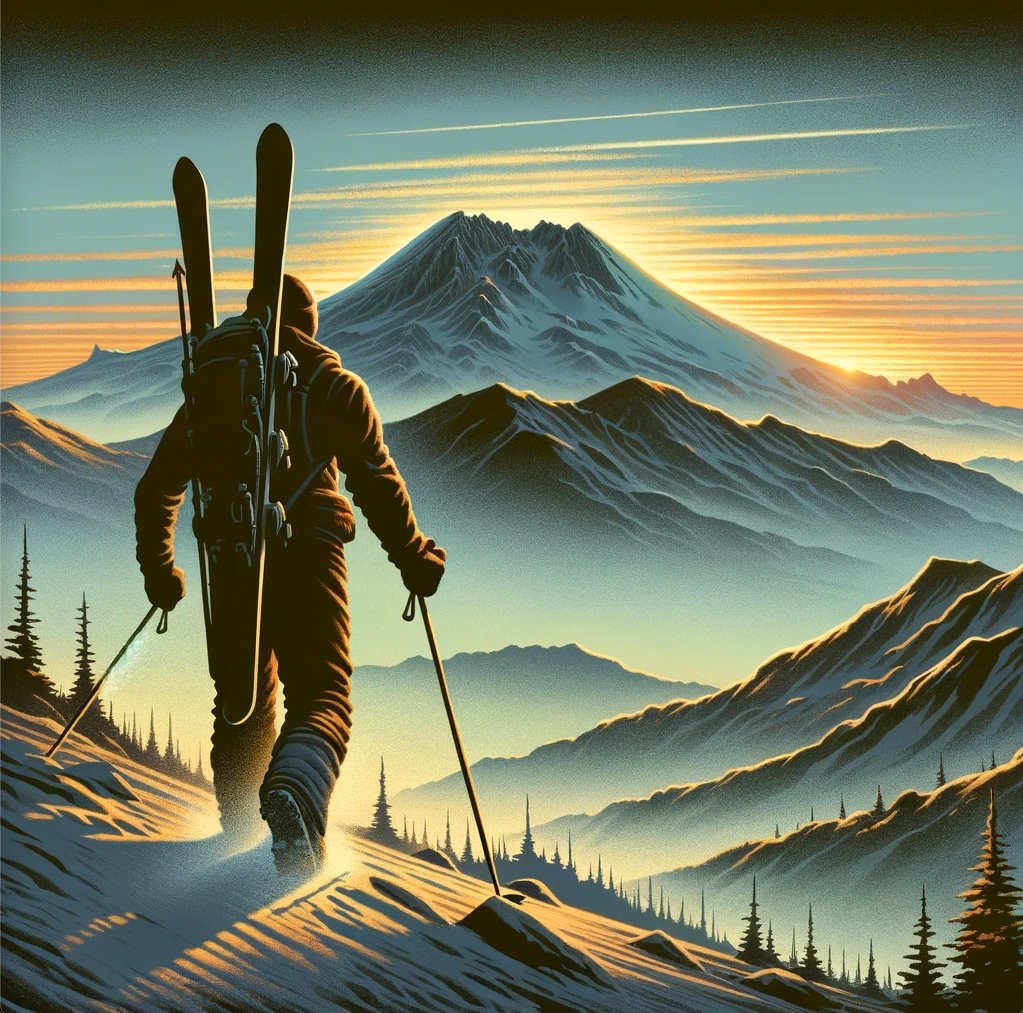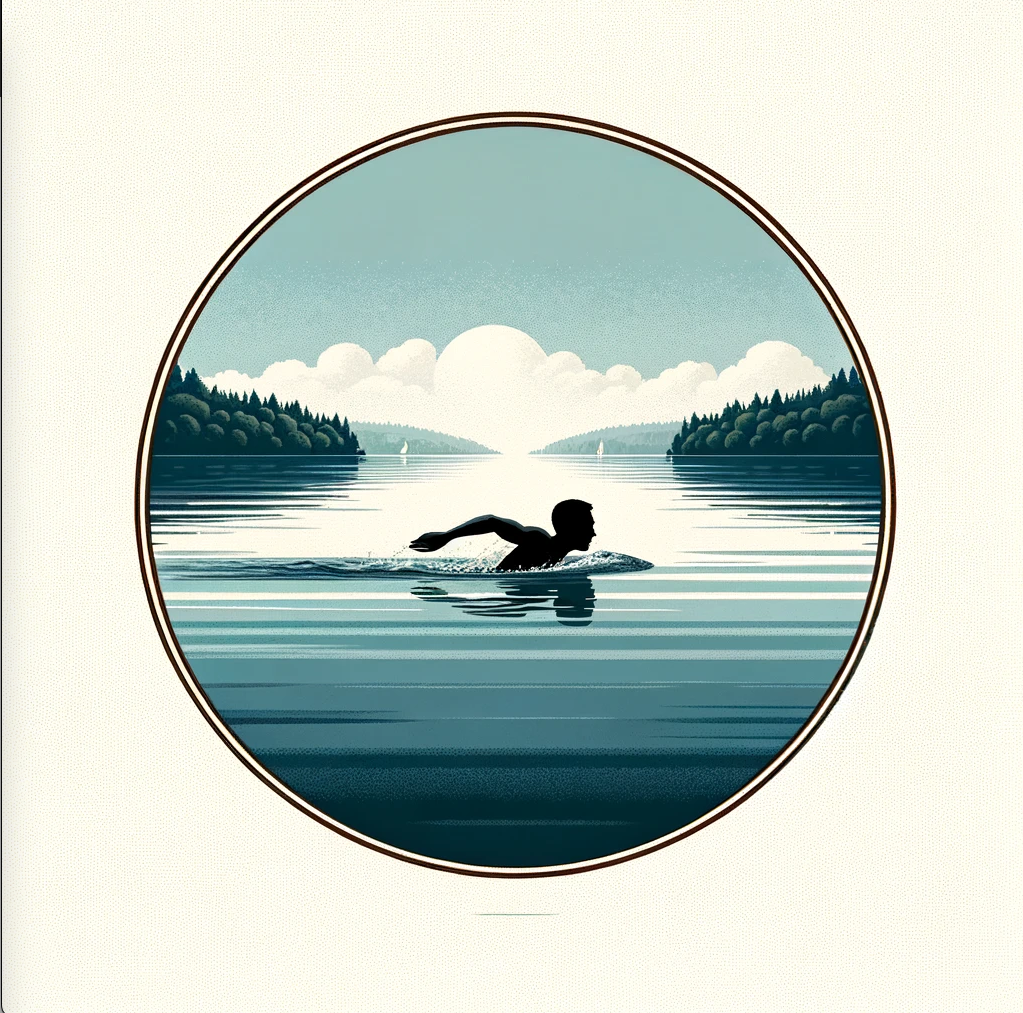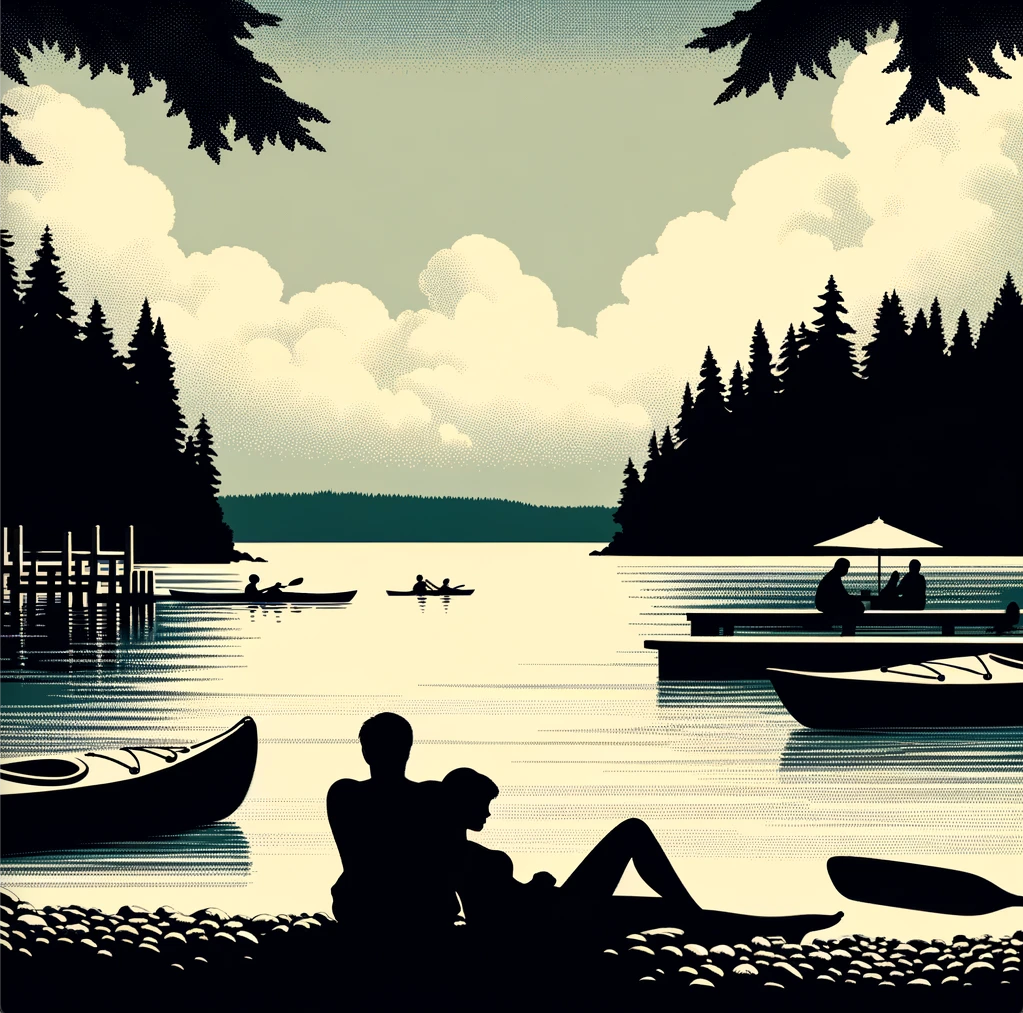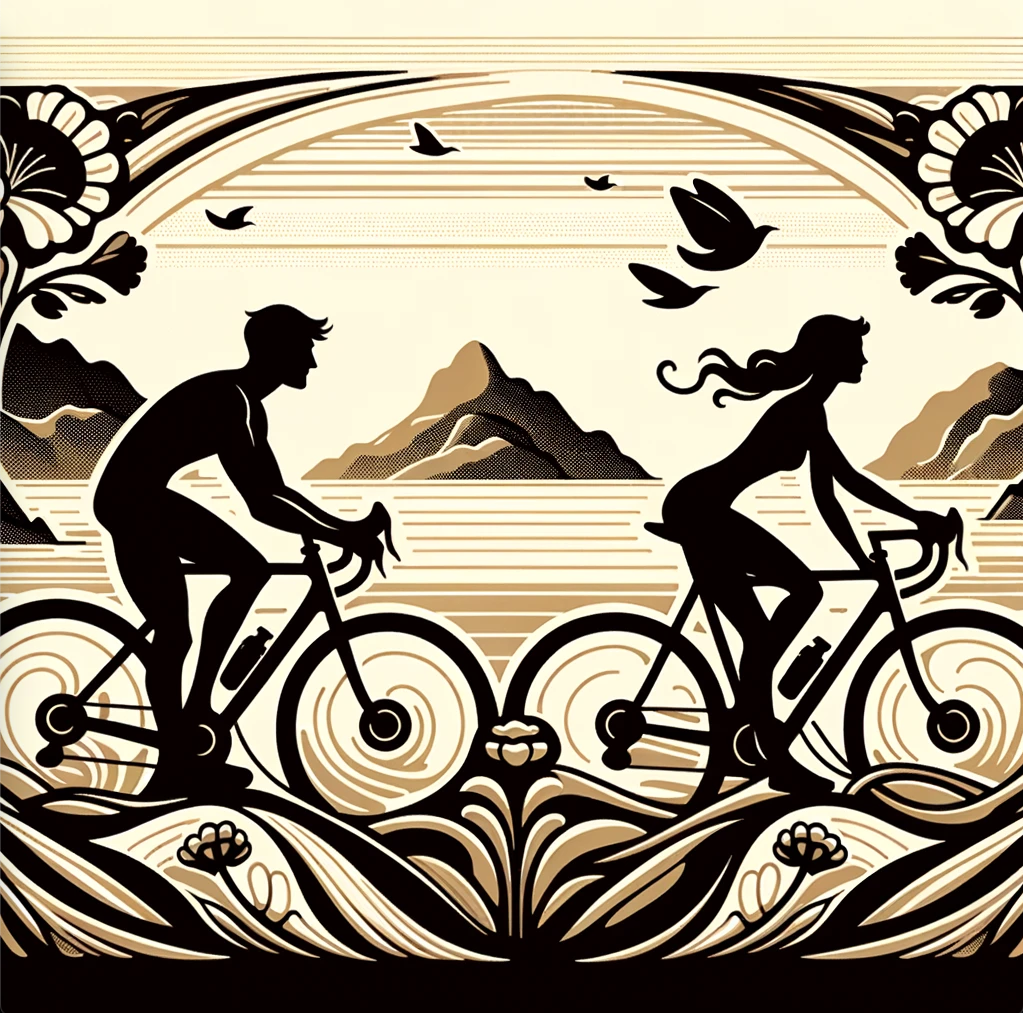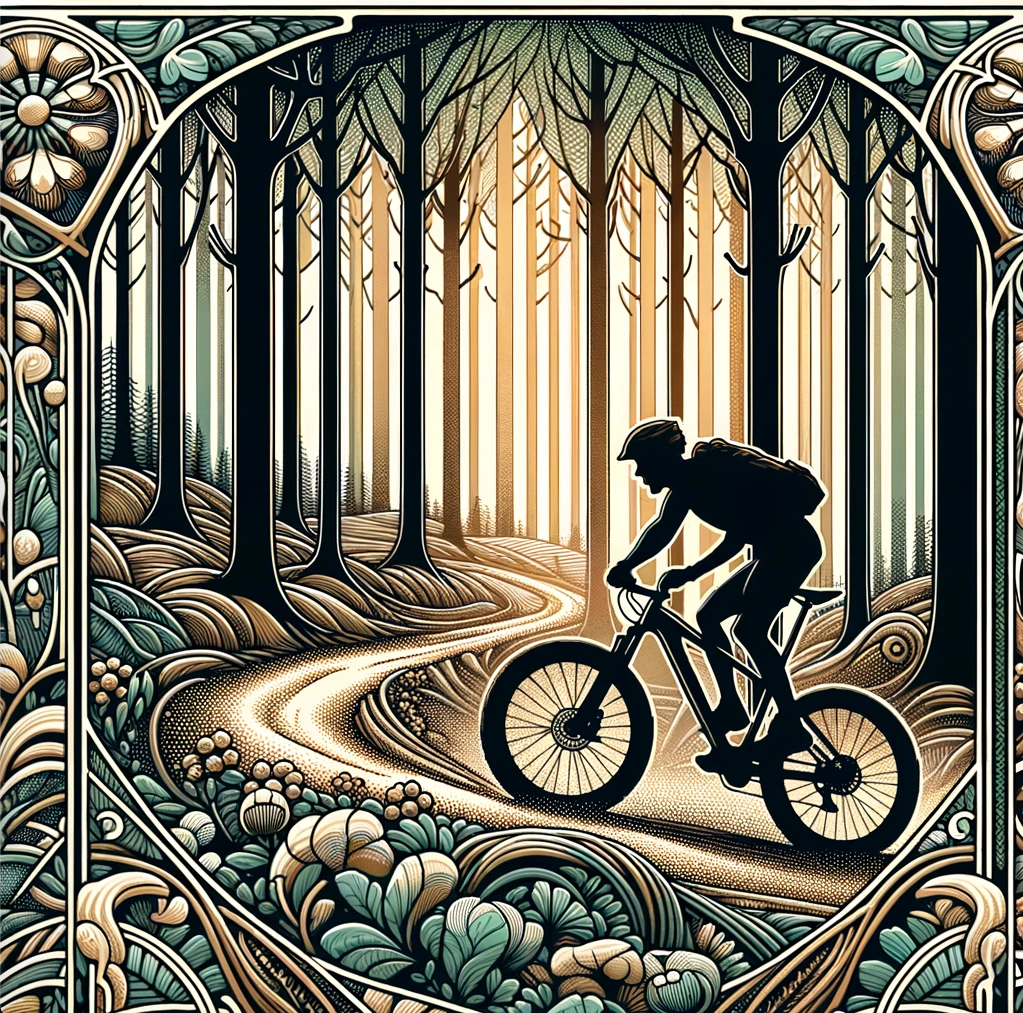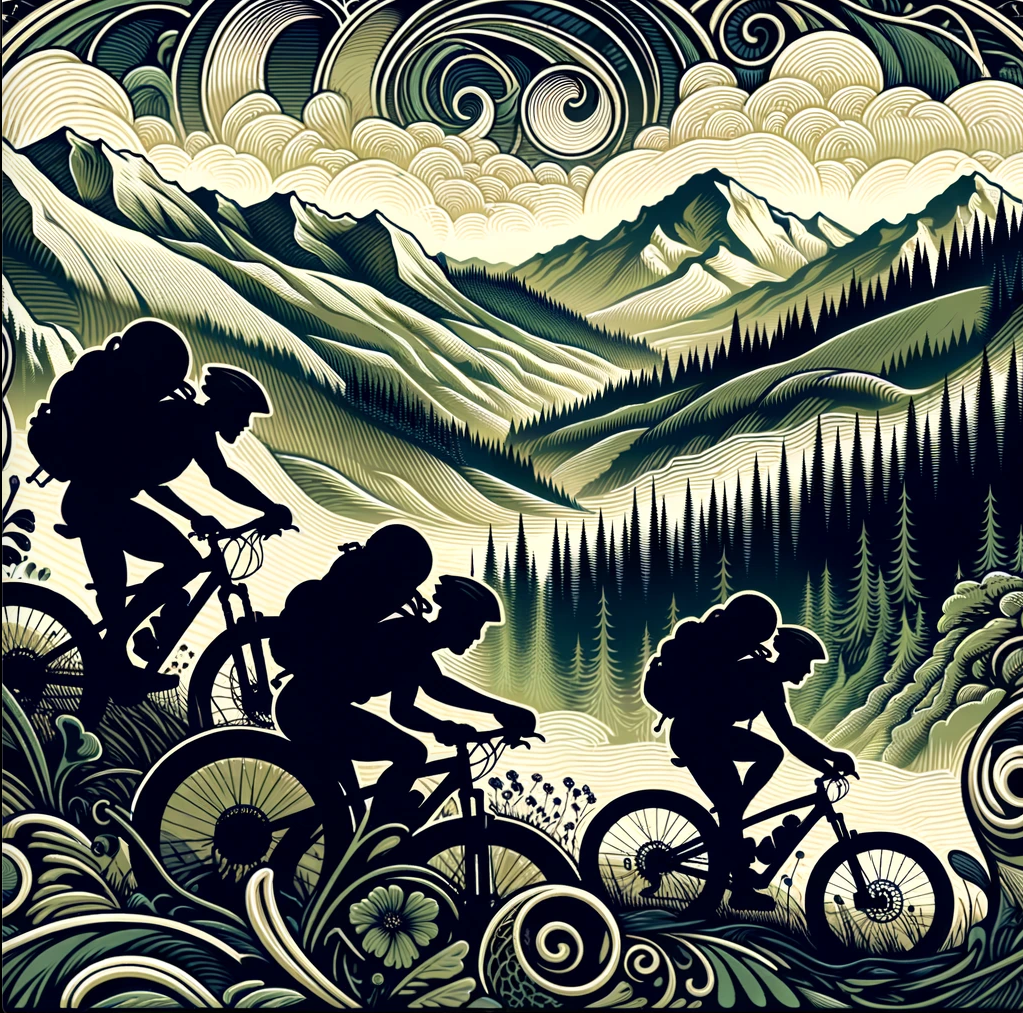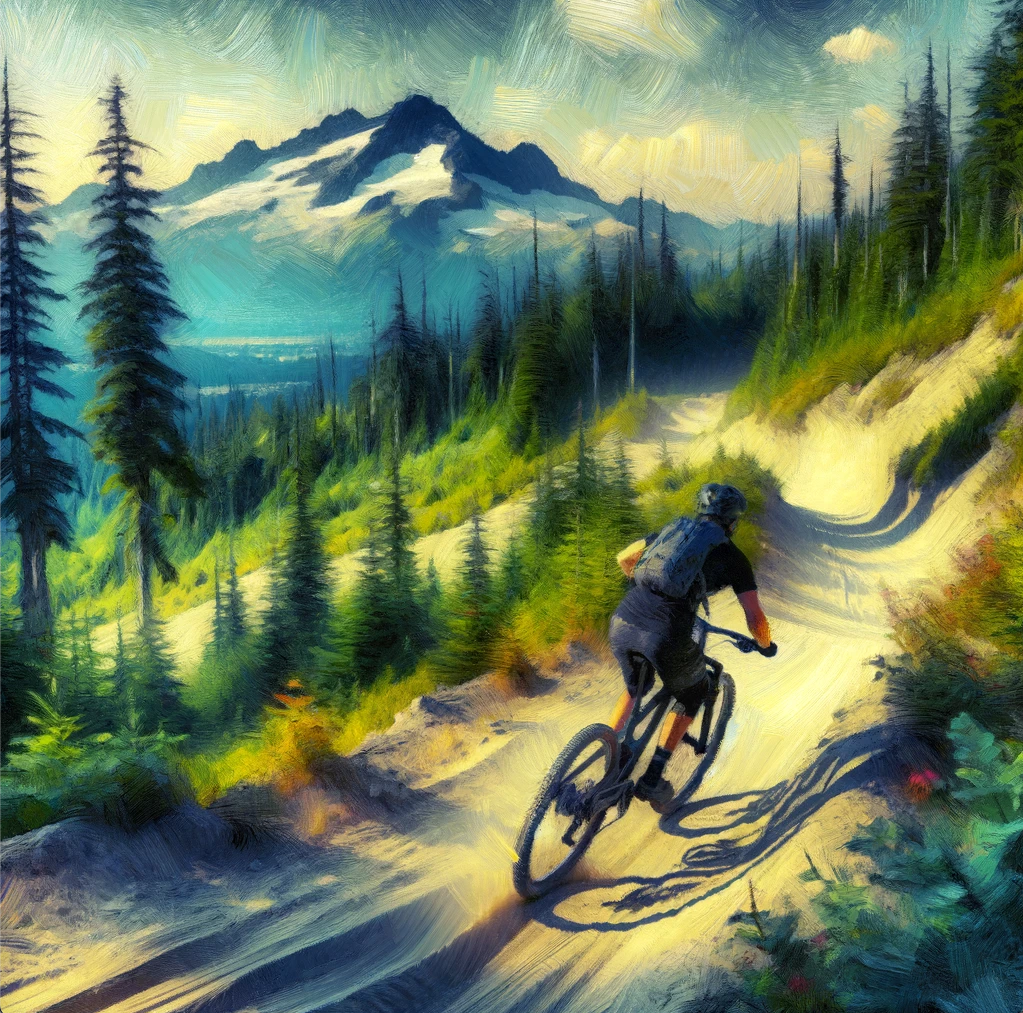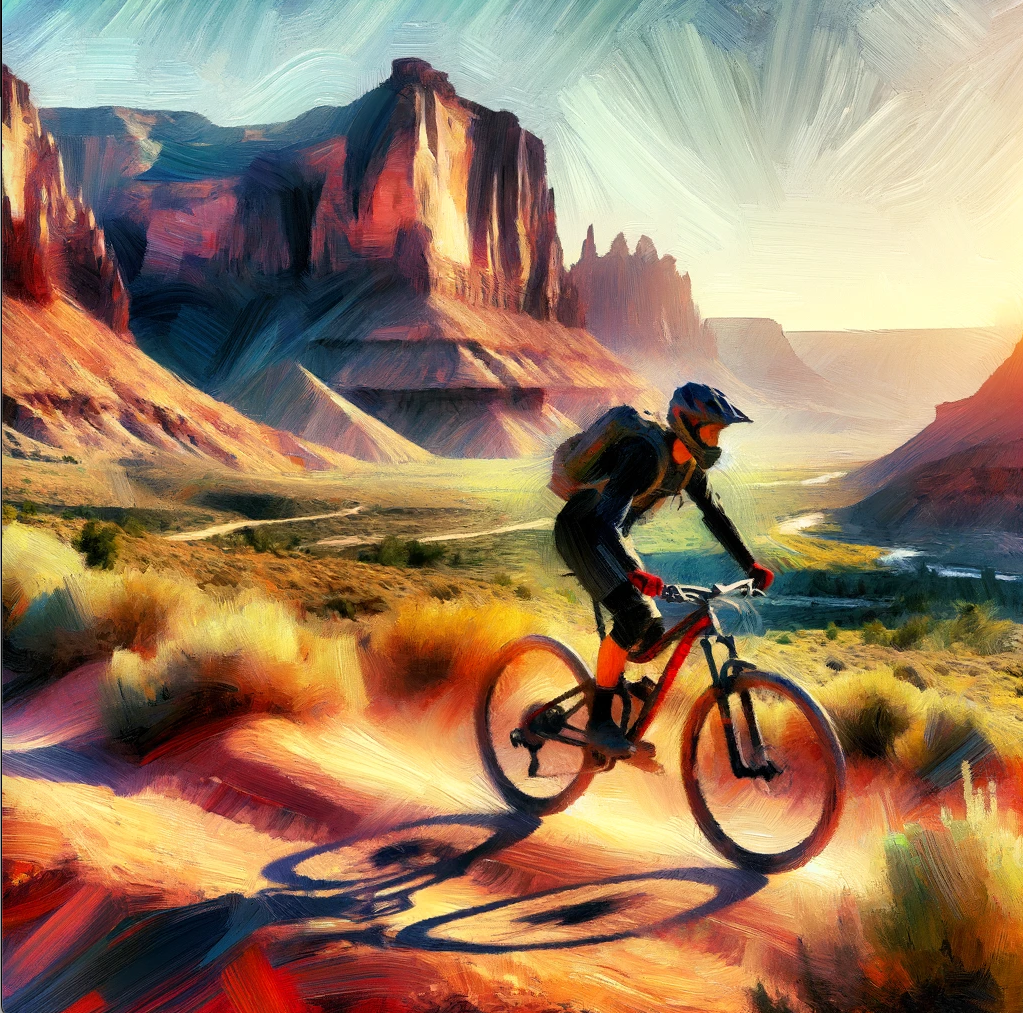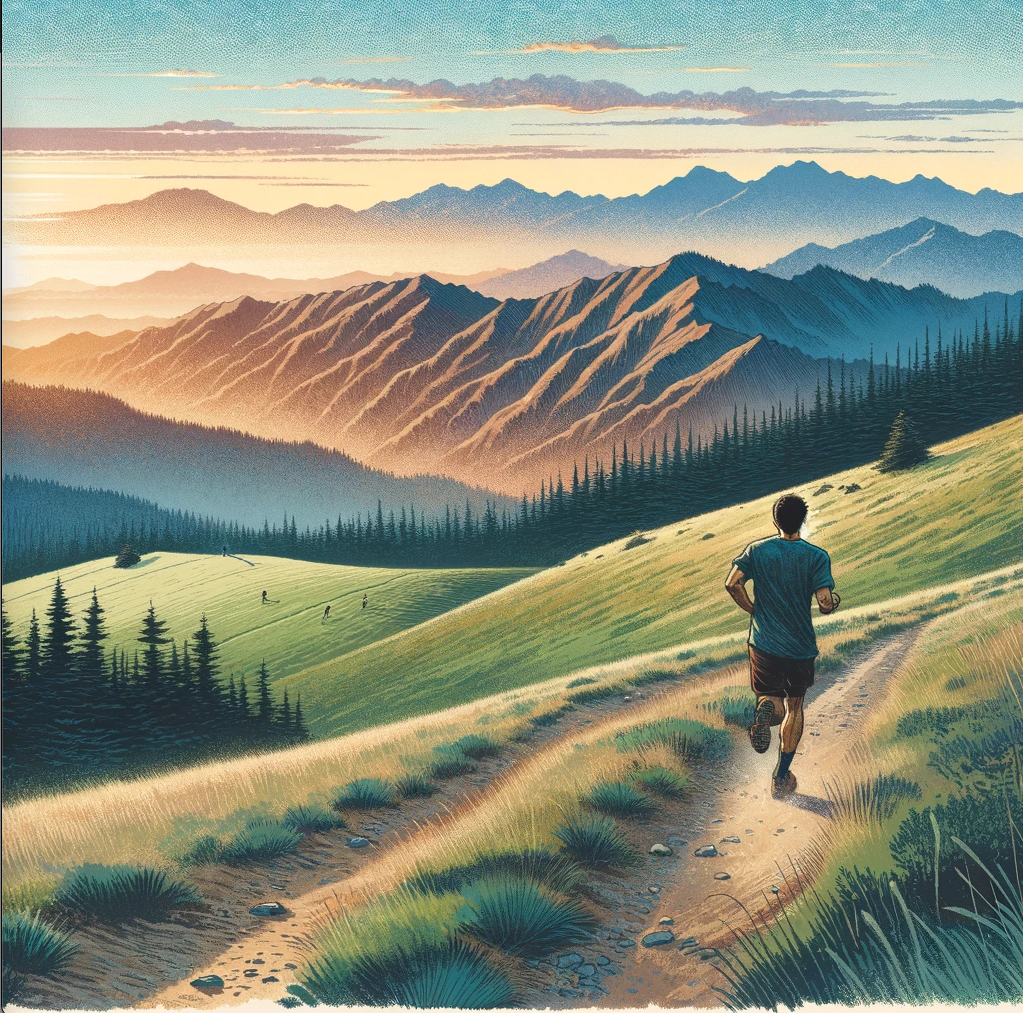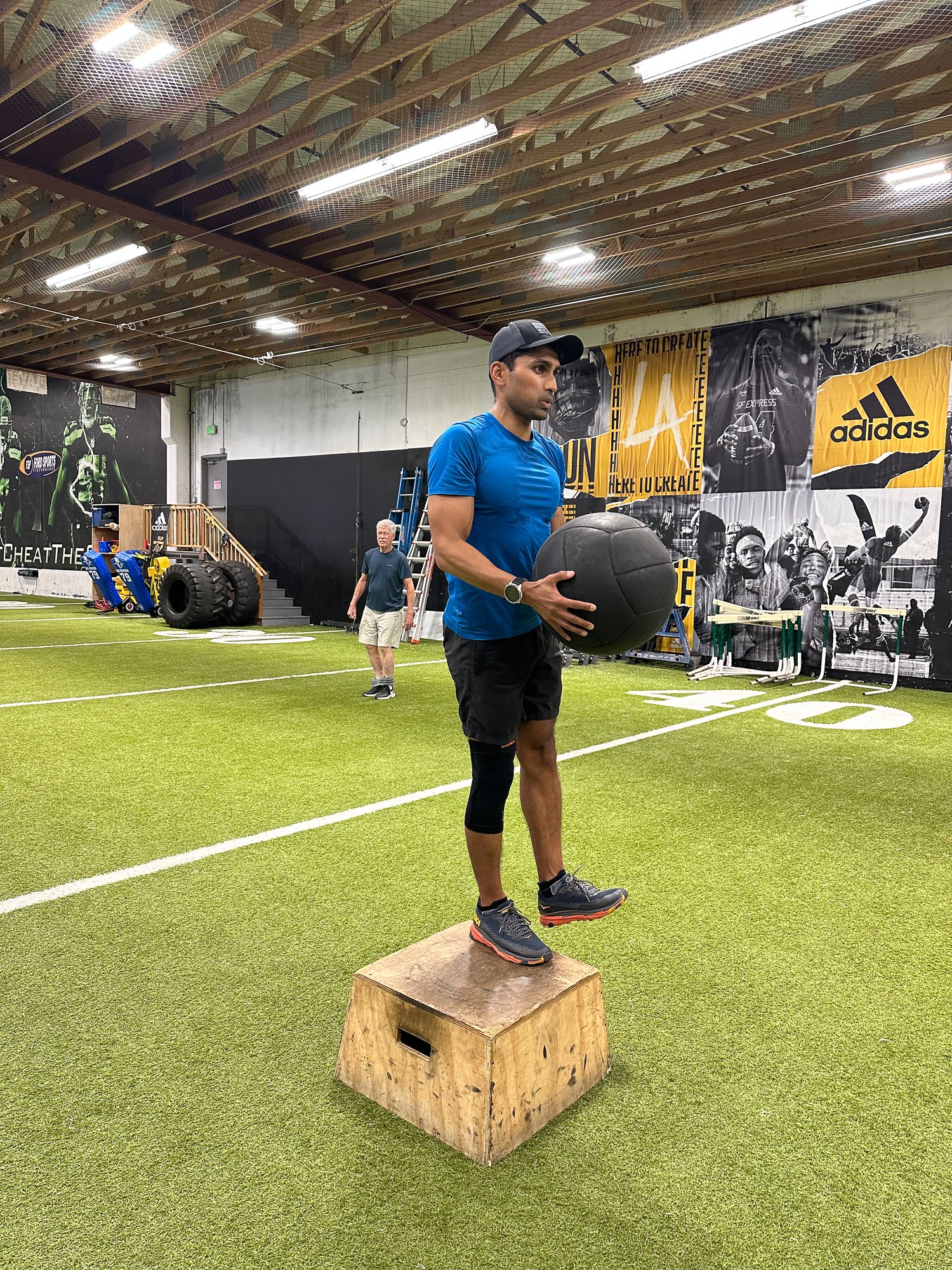Mental state
Seattle was hit with a mild heatwave on my second week, which massively sapped my motivation for a few days. Most Seattle homes, including the one I live in, don’t have air conditioning. I reluctantly got through my exercises, since laying in bed seemed less appealing.
I did feel better having my mobility increase each day. I felt more independent and by Day 9, I was making my own meals, cleaning up after myself, refilling my ice machine, and getting myself to PT with the bus.
Sharing my video clips (see day 14, day 21, day 44) of my progress on the r/ACL subreddit felt great, especially getting encouraging and positive comments from strangers. I also benefitted greatly from the group chat I made with fellow ACL-rehabbers. Sharing kind and supportive messages to them when they were down made me feel just as good as when they’d do the same for me.
As the weather got nicer, thoughts about what I was missing out on began to creep in. Although I loved being on my spin bike, I was really looking forward to being back on my road and gravel bike. In addition to wanting to be cleared by my PT, I needed to personally feel confident enough to blitz through hills. I didn’t want Leah to miss out on mountain biking, so I encouraged her to ride with friends and meet with new people.
I had a lot of time on my own to think about my situation. Every day I became more determined that I didn’t want to let this challenge I was in go to waste. I wasn’t satisfied with returning to a slightly better version of my pre-injury self. I had a vision of a version of myself with bulletproof knees. I knew this meant keeping a laser focus not just for a few months, but for years ahead. I would have a new obsession, which conveniently would support my passion in the outdoors and give me longevity in the sports I cared about. There was also a strong positive feedback loop: the more often I exceed expectations in physical therapy, the more confidence I had that what I was doing worked.
Doubts
The biggest concern I had was that I was either progressing too fast or not fast enough. My flexion, extension, and quad activation came back quickly, so I was cleared to do exercises and movements at PT and at home that normally wouldn’t begin until weeks later. When I looked at Dr. Khalfayan’s rehab protocol for the Seahawks, I was always about a week ahead. This all sounds like great news, but I was concerned since my PT hadn’t treated anyone progressing so quickly. Would Nelson (my PT) become too eager and put me on exercises that I wasn’t ready for yet? Or is it possible he wouldn’t take advantage of my fast recovery and I’d be dragged down into a more conventional rehab timeline? Both of these concerns weren’t valid, as Nelson did a great job finding the sweet spot for the first four weeks.
Another big concern I had was whether all this flexion so early was good. I saw several comments where patients were told to avoid flexion beyond certain amounts to ensure the graft didn’t get too loose. My PT dismissed this concern by noting that while under anesthesia, the surgeon manipulates your flexion quite a bit. Pushing your flexion early is only a problem if you’re forcing it. Mine came back naturally. At my week 7 follow-up with my surgeon, he did caution me about aggressively pushing the flexion with quad stretches and butt-to-heel sits.
It was tough seeing my calf, quad, hamstring, and glute muscles get smaller, especially because I figured I’d have less atrophy since I was progressing quickly. It’s obviously possible I did have less atrophy than what’s normal, but the smaller muscles were still demoralizing to look at.
Finally, I also needed to ask myself whether my ego was potentially going to put me in danger. By writing about my recovery, I was putting a spotlight on myself. Would it be possible for me to irresponsibly push myself too hard because I had an audience? Absolutely. However, I also knew that I didn’t want to tell a story about re-tearing my ACL. Forcing myself to write about the recovery absolutely impacted my rehab; every day I thought about the story I wanted to tell.
Driving
I had surgery on my right leg, which meant that I’d have a longer return to driving. I didn’t want to rush back into it given the harm I could cause to others or myself if I was wrong. Leah and I did a two-minute test drive in an empty lot on Day 20 and I had no issues. This was a big milestone for me; it brought more independence and severed the short tether to home. On Day 21, I drove myself to PT (30 min each way). I was mildly uncomfortable but never felt unsafe.
By week 6, I was doing two-hour one-way drives without much issue, however sitting in traffic became even more dreadful and frustrating.
Diet
I largely stuck to the same diet as my first week (outlined in Part 3 - The Surgery). Between Day 8 and 20, I was assembling refrigerated items or frozen meals from Costco or Trader Joe’s. By Day 21, I was back to cooking meals from scratch. I did need to be mindful about not being on my feet for too long. If I wasn’t, I’d feel pressure in my knee from the blood pooling up. Propping my foot up on the counter while I cooked required some flexibility but helped a lot. I continued to avoid booze and the only sweets I indulged in were small bits of really good dark chocolate.
I added creatine to my supplements, even though the benefits to athletes recovering from ACL reconstruction wasn’t definitive. I was concerned about gaining several pounds of water weight, but that never happened. I lost four or five pounds from my “active healthy weight,” which I attributed to some quad muscle loss but primarily trimming down on my belly fat from the core exercises and eating salads for lunch every day (something I never did before).
Physical Therapy
I was scheduled to visit my PT twice a week starting on Day 8. Generally we’d start with measurements of flexion, quad size, and some light massage before exercise. For every visit with Nelson (my PT), I’d exceed his expectations and he’d question out loud whether he thought I should get some advanced exercises.
Ultimately, I made the decision to entirely switch to a different physical therapist on week 6 for a few reasons.
Scheduling - It was clear there was more demand for my PT than they had capacity for. I even overheard them referring new patients to other providers. For me, this meant booking time slots at inconvenient hours.
Personal attention - Although I liked my PT, he’d only spend 30 min with me before passing me off to an aide who would swing by occasionally to point me to the next exercise. For the most part, a PT session didn’t feel any different from being at home.
Familiarity with athletes - Most of the patients seen by my PT’s office were older folks or generally not athletic. Their recovery timeframes would be vastly different from mine, and so would their goals. My PT hadn’t seen anyone recover at my speed, and seemed less confident whenever I nudged him to progress me.
Bigger facility - Most of my ACL rehab inspiration came from watching athletes running around on astroturf, throwing medicine balls at walls, and dragging weighted sleds for yards. I didn’t see how any of this would be possible in the small facility I was currently in, so I sought out a larger one.
I wouldn’t have had the confidence to make the drastic shift to if not for the earlier advice of my friend Zander about baseline expectations I should have. Fortunately, I found Sports Physical Therapy Factoria which rehabbed professional athletes (e.g., Seahawks, Marlins). Within the first day, RJ (my new PT) tested me my asking me to go through a range of motions I hadn’t tried since surgery, like lunges and deep squats. He agreed I was ahead of the curve, but didn’t seem overly impressed (which I took as a good sign). He then set me on a battery of exercises where I was soaking in sweat within just the warmup. I was a bit incredulous at what he had me doing, but it felt amazing to get a proper workout in. I also loved that he said that we’d exercise both legs rather than focus on rehabbing only the injured leg.
After that first session, I felt great until I got home. As RJ noted, there’d be swelling and we’d need to use that as an indicator of whether we’d pushed too far. My knee felt stiff and tight for the first time in weeks, and I reluctantly reached for an Aleve. When I told him this at our next visit, he didn’t flinch and we did another intense battery of exercises which would’ve challenged me even without a recent surgery. I shook off my skepticism when I realized he was right. The swelling wasn’t as bad the next time, and my body began to adapt to the new load.






